After experimenting with one-, two-, and three-point perspective in your sketchbook, develop a large (18 x 24") three- or four-point perspective drawing in which:
- forms are built upon forms
- shapes are cut out of forms
- it includes more than just box forms (Include pyramidal, conical, cylindrical, and semi-spherical forms as well.)
This can be representational or a three-dimensional "abstraction".
Bonus points for including life forms and a narrative or a fantasy element.
Possibilities include:
- A detailed cityscape with a lot of character, unique architecture, and interesting, detailed facades.
- A spaceship, fantasy automobile, or a complex real or imaginary machine.
- An interior space with a lot of detail.
Remember to give this larger drawing a lot of character and detail, and use multi-point perspective to the best of your ability. Challenge yourself.
Size: 18 x 24"
Medium: Pencil and/or ink on drawing paper (Value and color is optional)
Resources:
Examples can be viewed in this Google Drive folder
(Since these works were found online and are currently uncredited, the folder is only accessible by people in the Burlington Public Schools.).
There are a few books on linear perspective in the Portfolio classroom and plenty of resources online, including video tutorials.
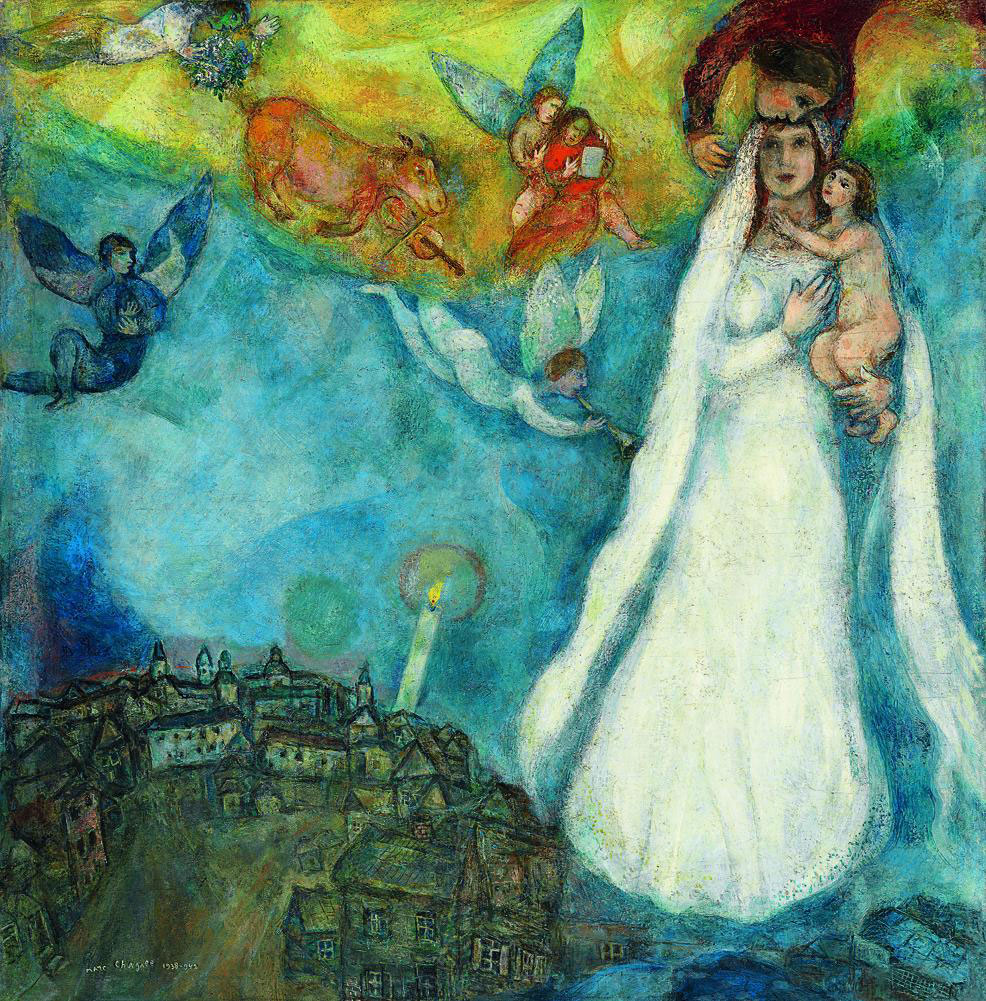
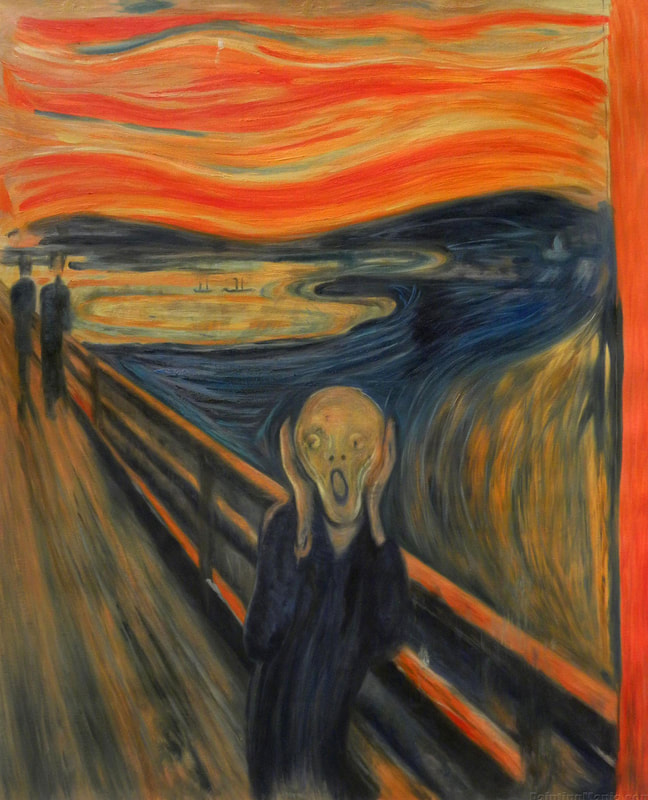
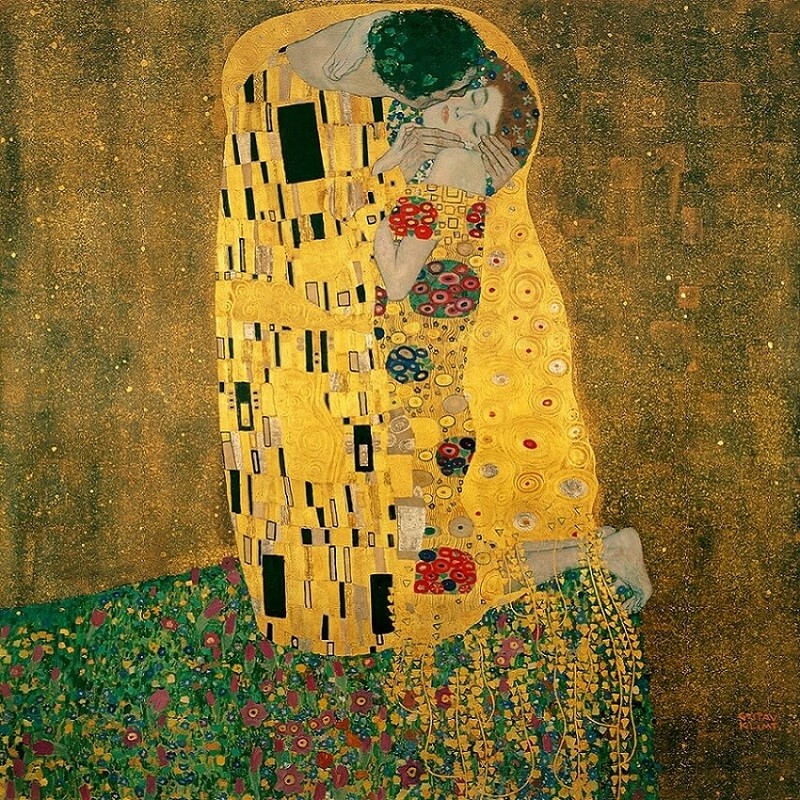

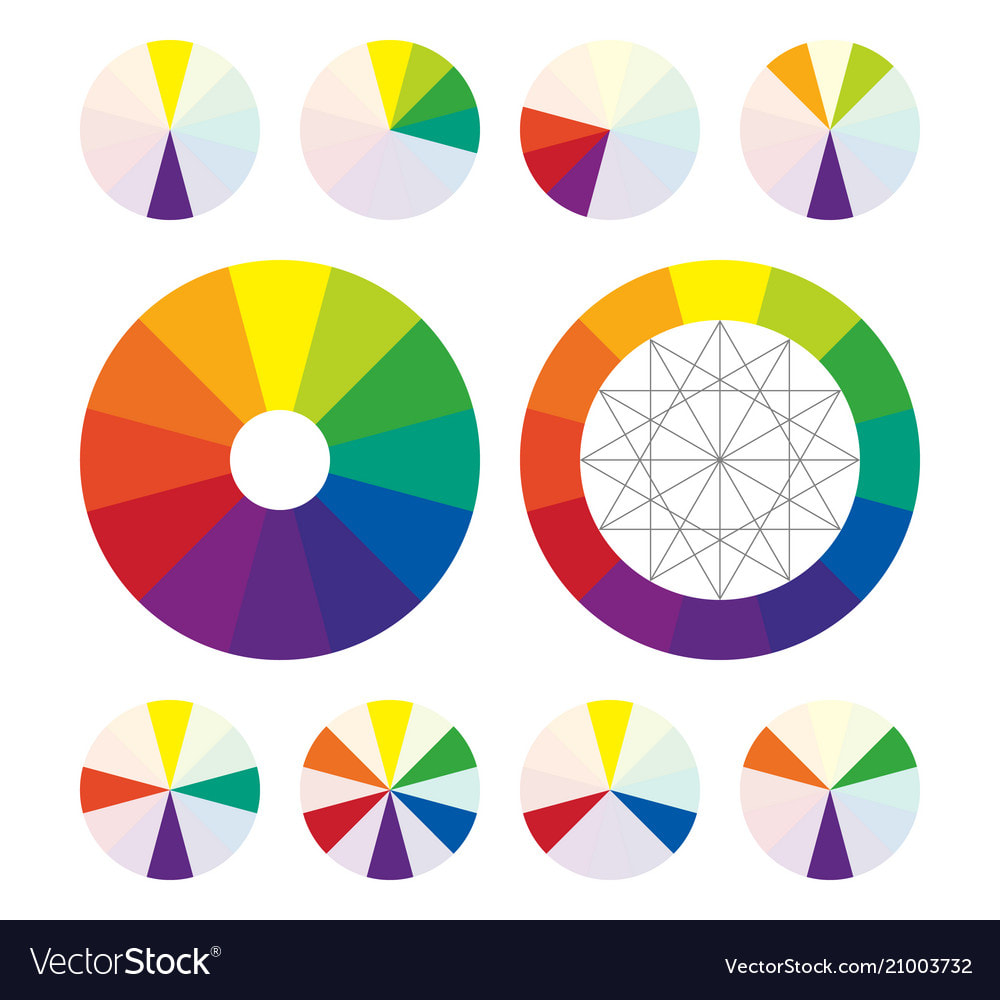


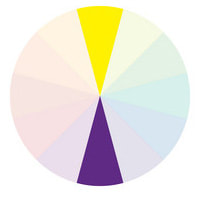
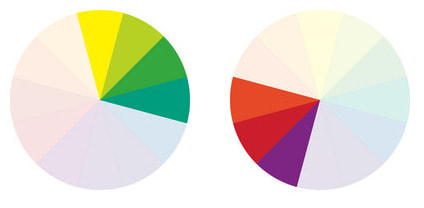
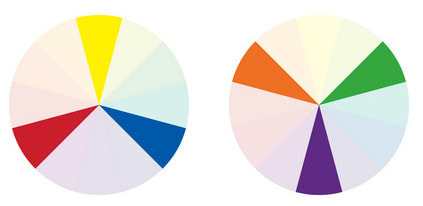
 RSS Feed
RSS Feed
